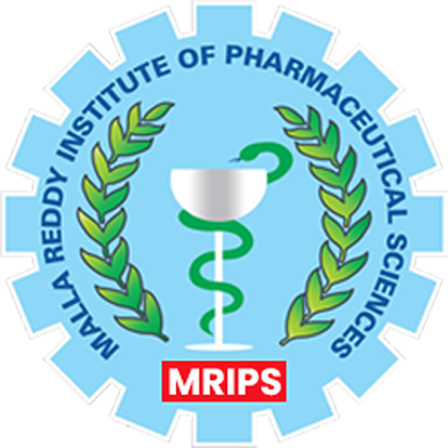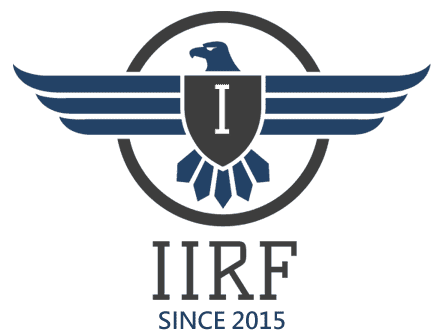Mentorship Index
Where learning meets leadership.
Objective: Ensure students receive adequate, consistent, and personalized attention from faculty or assigned mentors.
Metrics:
- Average mentor-to-mentee ratio (e.g., 1:10, 1:15).
- Minimum and actual number of mentoring sessions conducted per semester.
- Documentation of session outcomes (goal-setting, progress reports).
- Training provided to mentors (on counseling, confidentiality, etc.).
Benchmark Use:
A mentor-mentee ratio of 1:10–1:15 is considered optimal, with at least 2 formal sessions per semester.
Objective: Foster community-based support where senior students assist juniors in navigating academic and campus life.
Metrics:
- Number and structure of peer mentoring programs (academic, emotional, social).
- Percentage of first-year students assigned a peer mentor.
- Peer mentor selection, training, and performance evaluation.
- Impact measured via mentee feedback and academic performance trends.
Benchmark Use:
Institutions often aim for 100% peer mentor coverage for new entrants and structured training for peer mentors.
Objective: Bring real-world perspectives and career insights into the academic environment.
Metrics:
- Number of guest lectures, mentorship panels, or fireside chats annually.
- Diversity of industry representation (pharma, clinical research, regulatory affairs, etc.).
- Student participation and feedback scores.
- Follow-up interactions such as Q&A sessions or one-on-one meetings.
Benchmark Use:
Aim for at least 6–8 industry mentorship events per year with >75% student participation.
Objective: Leverage the experience of alumni to guide current students in career pathways, higher education, and industry preparation.
Metrics:
- Number of active alumni mentors and mentee engagements.
- Types of mentoring formats (webinars, shadowing, 1:1 sessions).
- Alumni mentor diversity (career stages, sectors, geographies).
- Outcomes tracked (internships secured, career clarity, grad school admissions).
Benchmark Use:
Objective: Provide individualized guidance tailored to student interests, strengths, and career aspirations.
Metrics:
- Availability of trained academic/career counselors.
- Ratio of counselors to students.
- Range of services offered (career assessments, resume clinics, interview prep).
- Integration of technology (career platforms, psychometric tools).
Benchmark Use:
One counselor per 500 students, with at least 70% of final-year students having attended one or more career guidance sessions.
Objective: Assess student satisfaction and perceived value of mentorship support.
Metrics:
- Anonymous feedback on mentor availability, approachability, and helpfulness.
- Improvement in academic confidence and career clarity (pre/post program surveys).
- Grievance redressal and escalation processes related to mentorship issues.
Benchmark Use:
80% of students should report satisfaction with mentorship, with improvement plans for scores <70%.
Use of the Mentorship Index
- Institutional Self-Assessment: For internal quality audits, NAAC/NBA accreditation reports.
- Strategic Development: Identify mentorship gaps and scale successful formats (e.g., alumni engagement).
- Student Success Initiatives: Improve retention, reduce stress, and enhance career outcomes.
Mentorship Index (MI)
Purpose: Measures the level of mentorship engagement within a class, including both formal mentorship sessions and informal guidance.
Formula for Mentorship Index:
MI = (Number of mentorship sessions attended by students ÷ Total students in class) × 100
Steps:
- Numerator: Count the number of mentorship sessions attended by students in the class (could be one-on-one mentoring, group mentoring, peer mentoring, etc.).
- Denominator: Total number of students in the class.
- Multiply by 100 to get the percentage.
Convert to 0–5 Scale:
Mentorship Index (%) | 0-5 Scale Rating | Interpretation |
0–20% | 0 | Very Low Mentorship Engagement |
21–40% | 1 | Low Mentorship Engagement |
41–60% | 2 | Moderate Mentorship Engagement |
61–80% | 3 | High Mentorship Engagement |
81–100% | 4 | Very High Mentorship Engagement |
>100% | 5 | Exceptional Mentorship Engagement |




